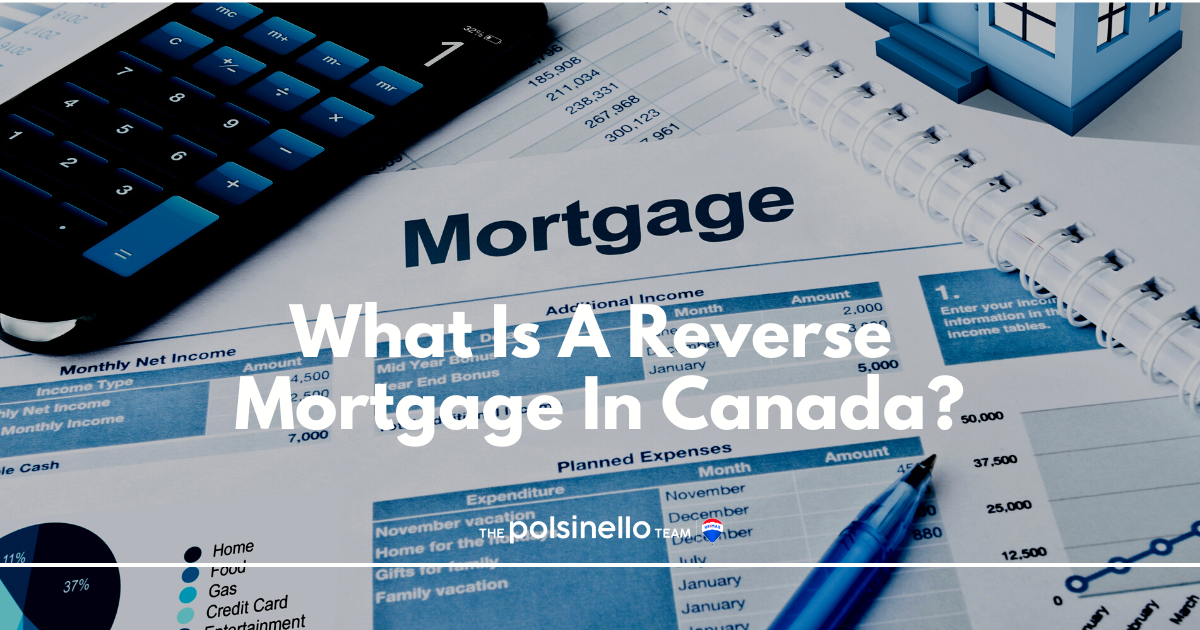
A reverse mortgage is a loan product that enables seniors to convert the equity they have built up in their homes into tax-free cash. This type of loan is designed to help seniors maintain their standard of living during retirement, without having to sell their homes. A reverse mortgage can be a valuable financial tool for Canadian seniors, as it allows them to tap into the equity in their homes and use the funds for any purpose, such as paying for healthcare expenses, home renovations, or debt consolidation.
To be eligible for a reverse mortgage in Canada, a senior must be at least 55 years old and own their home outright or have a small mortgage balance. The amount of money that a senior can receive from a reverse mortgage is determined by their age, the value of their home, and the interest rate on the loan. The older the senior, the higher the loan amount, and the lower the interest rate. The loan is typically paid back when the senior dies, sells the home or moves out of the home permanently.
One of the benefits of a reverse mortgage is that there are no monthly mortgage payments required. Instead, the interest on the loan accumulates and is added to the loan balance, which increases over time. This means that the senior does not have to worry about making monthly mortgage payments, which can be a significant financial burden for many seniors during retirement.
Another benefit of a reverse mortgage is that the loan does not have to be repaid until the senior dies, sells the home, or moves out of the home permanently. This means that seniors can continue to live in their home as long as they want, without having to worry about making monthly mortgage payments. Additionally, if the senior dies and the home is sold, the loan balance is paid back from the proceeds of the sale. If the sale proceeds are not enough to pay off the loan balance, the senior’s estate is not responsible for the deficiency.
A reverse mortgage can also be an excellent financial tool for seniors who are struggling to make ends meet during retirement. For many seniors, their homes are their largest financial asset, and a reverse mortgage can help them to access the equity in their homes without having to sell their homes. This can provide a much-needed source of income to help seniors maintain their standard of living during retirement.
There are several types of reverse mortgages available in Canada, including Home Equity Conversion Mortgages (HECMs), which are the most common type of reverse mortgage, and proprietary reverse mortgages, which are offered by private lenders. Each type of reverse mortgage has its own unique features and requirements, so it is important for seniors to do their research and understand the terms and conditions of each type of loan before making a decision.
It is also important for seniors to consider the potential drawbacks of a reverse mortgage. For example, a reverse mortgage can significantly reduce the equity in the senior’s home, which can make it more difficult for their heirs to inherit the home. Additionally, a reverse mortgage can impact the senior’s eligibility for government benefits, such as Supplemental Security Income (SSI).
Finally, reverse mortgages typically have higher fees and interest rates compared to traditional mortgages, which can increase the cost of the loan over time.
A reverse mortgage can be a valuable financial tool for Canadian seniors, as it enables them to tap into the equity in their homes and use the funds for any purpose. A reverse mortgage can help seniors maintain their standard of living during retirement, without having to sell their homes. However, it is important for seniors to consider the potential drawbacks of a reverse mortgage, including the impact on their equity and eligibility for government benefits, and the higher fees and interest rates compared to traditional mortgages
Posted by Frank Polsinello on
Leave A Comment